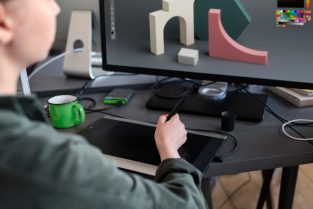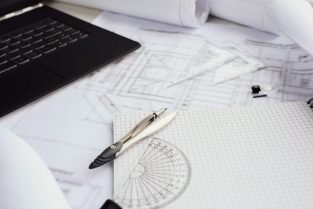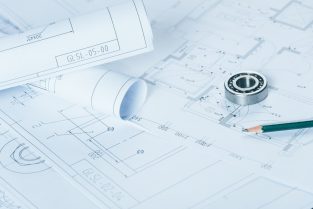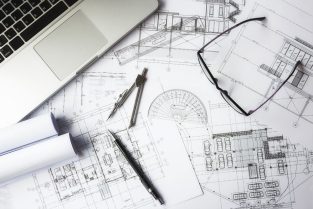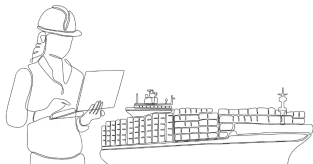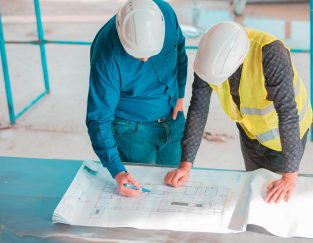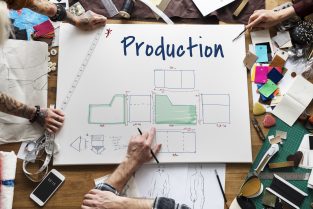In the ever-evolving landscape of engineering and design, staying ahead of the curve is crucial for success. One of the transformative technologies that have taken center stage in recent years is 3D modeling and rendering services. These innovative solutions have become indispensable tools, reshaping the way industries conceptualize, design, and showcase their projects. In this article, we will delve into the current trends and advancements in 3D modeling and rendering services, highlighting their impact on various sectors.
The Rise of 3D Modeling & Rendering Services
Traditionally, engineers and designers relied on 2D drawings and physical prototypes to communicate their ideas. However, the limitations of these methods became increasingly apparent as projects grew in complexity. Enter 3D modeling and rendering services, offering a dynamic and immersive approach to design visualization.
One of the key trends in the industry is the seamless integration of 3D modeling into the design process. Modern software tools enable engineers and designers to create intricate 3D models with precision and efficiency. This not only accelerates the design phase but also allows for better collaboration among multidisciplinary teams. With real-time updates and cloud-based collaboration, professionals can work together seamlessly, irrespective of geographical locations.
Enhancing Design Communication
Communication is paramount in any engineering or design project, and 3D modeling and rendering services excel in this regard. These tools provide a common platform where stakeholders can visualize the project in its entirety. Whether it’s architects communicating with builders or engineers explaining concepts to clients, 3D models offer a universal language that transcends technical barriers.
Moreover, the ability to generate realistic renderings has become a game-changer. Clients can now virtually walk through a proposed building, explore a product design, or experience a landscape before construction begins. This not only fosters a deeper understanding of the project but also allows for early identification of potential issues, saving both time and resources.
Industry-Specific Applications
The applications of 3D modeling and rendering services are vast and varied, impacting industries ranging from architecture and manufacturing to healthcare and entertainment.
- Architectural Design: Architects leverage 3D modeling to create lifelike representations of buildings and spaces. This aids in presenting designs to clients and streamlining the construction process.
- Product Design and Manufacturing: Engineers use 3D models to prototype and test products virtually, reducing the need for physical prototypes and accelerating the product development cycle.
- Healthcare: Medical professionals employ 3D modeling for surgical planning, medical imaging, and the creation of patient-specific anatomical models, leading to improved diagnostic accuracy and treatment outcomes.
- Entertainment and Gaming: The entertainment industry relies heavily on 3D modeling and rendering for creating realistic characters, environments, and special effects in movies and video games.
Challenges and Future Developments
While 3D modeling and rendering services have revolutionized the design process, challenges such as the need for skilled professionals and potential data security concerns remain. The industry is actively addressing these issues through training programs and enhanced security measures.
Looking forward, advancements in technology, such as the integration of artificial intelligence and virtual reality, are poised to further elevate the capabilities of 3D modeling and rendering services. These developments will not only streamline the design process but also open up new possibilities for innovation across various industries.
In conclusion, 3D modeling and rendering services have become indispensable tools in the hands of engineers and designers, offering a transformative approach to project visualization and communication. As technology continues to advance, the integration of these services into various industries will only deepen, ushering in a new era of efficiency and creativity in engineering and design.
What is 3D modeling and rendering?
3D modeling is the process of creating a three-dimensional representation of an object or scene using specialized software. This representation is made up of geometric shapes such as vertices, edges, and faces, which together form a mesh that mimics the appearance of the real-world object or scene.
Rendering, on the other hand, is the process of generating a 2D image or animation from a 3D model. Rendering involves calculating the lighting, shadows, textures, and other visual elements to create a realistic or stylized depiction of the 3D scene.
In simpler terms, 3D modeling is like sculpting or building a virtual object, while rendering is like taking a photograph of that object from a chosen perspective with all the visual effects applied. These processes are commonly used in various industries such as film, video games, architecture, product design, and more.
Who needs 3D rendering?
Many industries and professionals benefit from 3D rendering:
Film and Animation Studios: They use 3D rendering to create visual effects, animated films, and CGI (Computer-Generated Imagery) for movies and TV shows.
Video Game Developers: 3D rendering is essential for creating the immersive environments, characters, and assets found in video games.
Architects and Interior Designers: They use 3D rendering to visualize architectural designs, interior layouts, and building exteriors before construction begins. This helps clients better understand the proposed designs.
Product Designers and Manufacturers: They use 3D rendering to create virtual prototypes of products, allowing them to test designs, materials, and functionalities before production.
Advertisers and Marketers: They use 3D rendering to create visually appealing advertisements, product visualizations, and marketing materials.
Medical Professionals: 3D rendering is used in medical imaging to create detailed visualizations of organs, tissues, and anatomical structures for diagnosis, treatment planning, and educational purposes.
